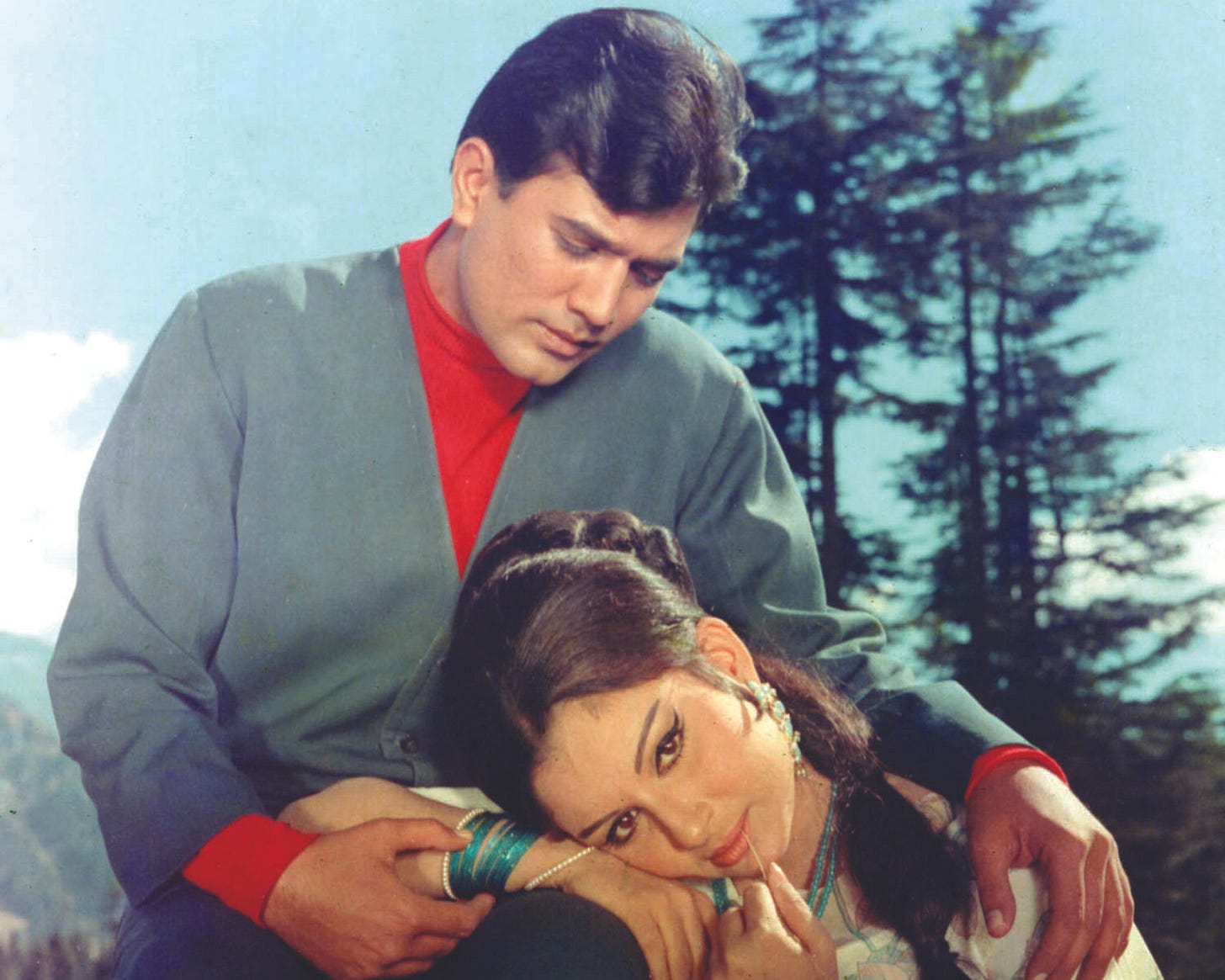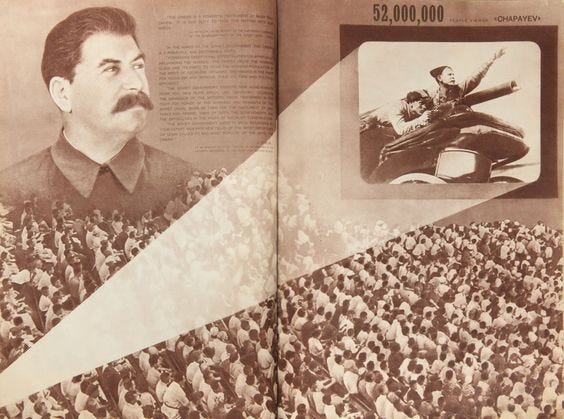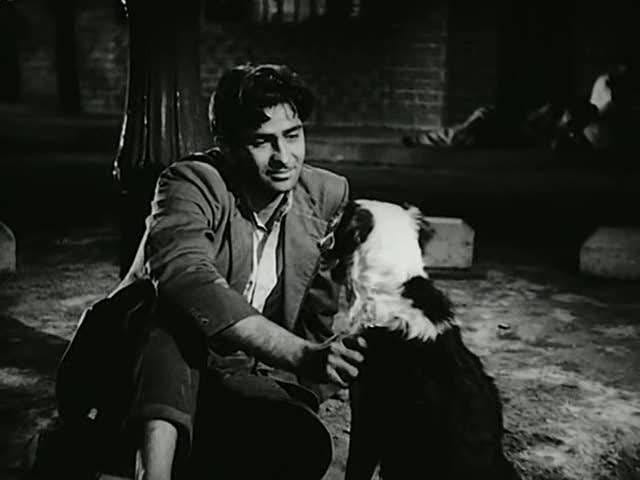BOLLYWOOD IN MOSCOW
An almost unbelievable piece of film history connecting a fledgling Bollywood with the USSR. Plus, a sweltering weekend streaming recommendation!
Today’s post is a little different than usual. Rather than discussing a recent release or a current topic in the world of entertainment, I want to share a piece of film history that I recently learned about. It’s a fascinating story that connects two totally separate parts of the world during the tensest parts of the Cold War, a story that illustrates the power of film in exposing you to the world. This is the story of how Bollywood cinema came to culturally dominate the Soviet Union.
For the past few months, I’ve helped choreograph a dance for a South Asian dance showcase at Georgetown. One of our songs, Mere Sapno Ki Rani (The queen of my dreams) came from the celebrated 1960s film Aradhana (Devotion). This movie is a staple in Indian cinema, winning the Filmfare award for Best Picture (Bollywood Oscars) in its year and launching the careers of several major actors. Imagine my shock, then, to see where it generated most of its commercial success: The Soviet Union.
From Russia with Love
From the 50s through the 70s, one of the largest markets in the world for Bollywood cinema was the Soviet Union. How did this come to be? At first glance, I thought the USSR was closed off, especially culturally, to the rest of the world. Moreover, the USSR had a thriving film industry, with directors like Tarkovsky advancing the genre more than those from anywhere. Why did they need Bollywood?
This was an intentional choice driven by policy – in the 1950s, following the death of Stalin, President Khrushchev took steps to open the country and improve citizens morale. The problem: Stalin had reformed the Soviet film industry to produce only around 10-15 movies a year, all steeped in the ‘Socialist Realism’ tradition and designed to be at the forefront of artistic expression. Powerful stuff, but not exactly popcorn flicks that get people to the movie theater.
Enter: Bollywood
The Soviet Union looked outwards to source entertainment. For political reasons, Hollywood obviously wasn’t a choice. However, a newly independent nation, one already producing bountiful films that were known for their escapist, unbridled, and non-provocative sense of pure entertainment – India.
In 1953, the Soviet Union enters a partnership with India to export and import films, each sharing the same number of films each year with one another. Indian film revolutionized the culture of the Soviet Union. In 1954, there was an Indian film festival in Moscow. One of the screenings, Awaara, went on to sell 63 million tickets that year in the USSR. For context, Star Wars: The Last Jedi, sold just around 50 million tickets in the United States in 2018.
Almost overnight, Indian actors were household names across the country. Bollywood songs dominated radio. The films played nonstop at theaters. Actors and politicians alike embraced this shared connection over cinema as central to the India-USSR friendship.

What killed all this? A simple little invention called VCR. In the 80s, amidst the slow collapse of the USSR, the warming of US-Soviet relations, and most importantly, the wide proliferation of bootleg Hollywood tapes, Hollywood blockbusters again became king.
The Flip-Side
I wrote earlier that this intended as a two-way exchange. Was that the case? Not quite. Soviet film never took root in India the way the USSR had hoped. And understandably so – there was no vacuum to fill. But the media relationship was still salient. Soviet literature, especially, was fundamental to many who grew up in India at this time.
For decades, these two fledgling nations were unexpectedly connected by a love of storytelling and film. This shared cultural exchange was fundamental to the development of both, and one can see this story’s impact even today. Media matters far beyond just entertainment.
If you’re interested in prior posts about South Asian cinema, you can check out the following:
WEEKEND STREAMING RECOMMENDATION
Do The Right Thing (1980) dir. Spike Lee, Available on Amazon Prime Video (to rent)
A hilarious, insightful, and ultimately devastating day in the life of a Brooklyn street on the hottest day of the year when tempers are flaring. I’m wary of calling this movie a ‘slice of life’ film because there certainly is a plot, an especially weighty one. But it delivers this story in an almost effortless way. You’re brought onto this street from the minute the film starts, and each character feels like a real person you’ve met along the way. Their real life suddenly feels like yours in a way that makes you laugh, get angry, and cry all the same. A great work by visionary director Spike Lee.
And if none of that, this movie will certainly have you feeling the heat.
See you all again next week. Until then, please get in touch if you have any thoughts or suggestions you’d like to share. If you want to keep up with what I’m watching, follow me on Letterboxd @atharv_gupta.
You can follow The Kinosexual on Twitter @kinosexual and on Instagram @thekinosexual
Thanks for reading The Kinosexual! Subscribe for free to receive new posts and support my work.










The fact I didn't know about this AT ALL is crazy